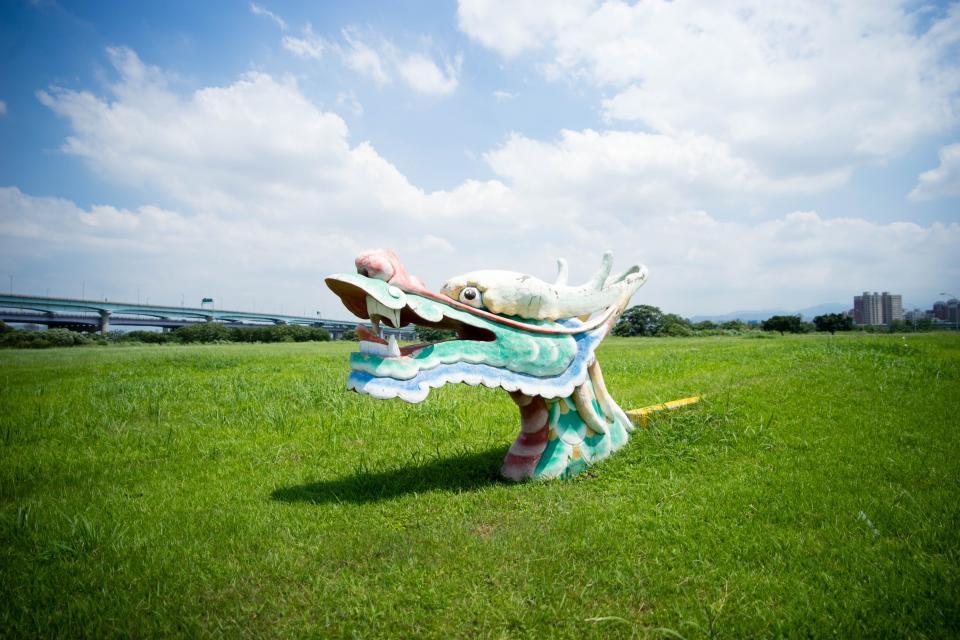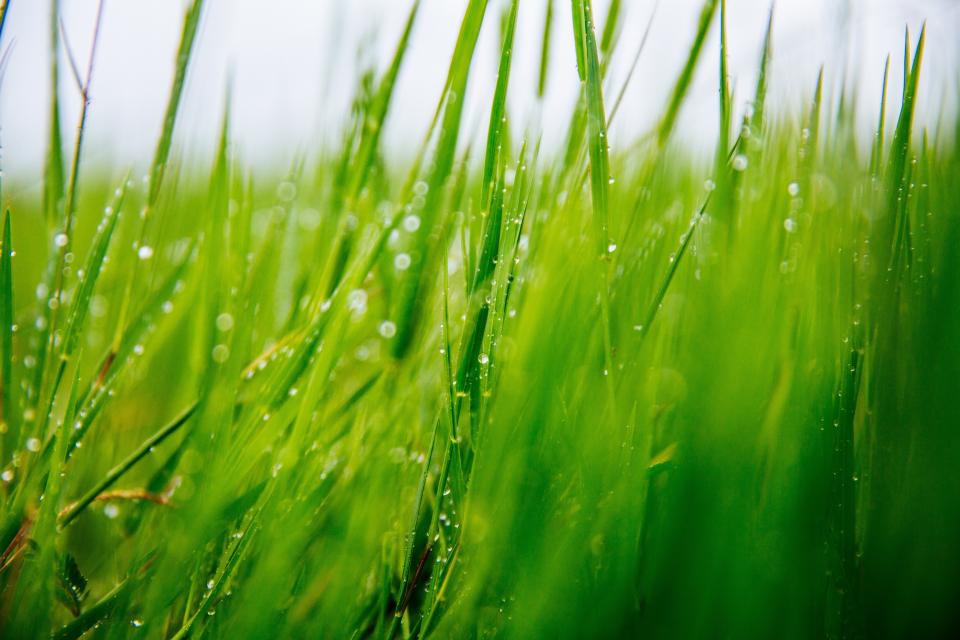Part 1: Understanding Rabbit Nests: A Closer Look

1.1. Types of Rabbit Nests: From Burrows to Surface Dwellings
- Burrows: These are underground tunnels dug by rabbits, often with multiple entrances and chambers. They provide a safe and protected environment for raising young and escaping predators. Burrows can be quite extensive, reaching up to 3 meters long with several levels, offering a complex network of underground tunnels.
- Surface Nests: Unlike burrows, these are located above ground, typically in dense vegetation or under shrubs. They are often constructed from grass, twigs, and leaves, forming a shallow depression. These nests offer less protection but are quick and easy to construct, particularly when the rabbits are seeking temporary shelter or a spot for a quick nap.
- Nests in Structures: Rabbits may also take refuge in sheds, garages, or under raised decking, making use of existing structures to create a safe haven. These nests are often located in areas that provide a sense of security and access to shelter from the elements.
1.2. Nest Construction: A Symphony of Skill and Instincts
- Burrow Construction: Rabbits use their strong front paws and teeth to excavate burrows, a remarkable feat of engineering. The process involves digging, pushing, and hauling soil, creating a network of tunnels and chambers. The burrows serve as nesting areas, escape routes, and safe havens from predators.
- Surface Nest Construction: Surface nests require minimal effort, as rabbits simply gather dry grass and leaves, arranging them to form a shallow, sheltered area. They often use natural depressions in the ground or create their own by pushing aside loose vegetation.
Part 2: The Lifecycle of a Rabbit Nest: From Active to Abandoned

2.1. Active Period: Breeding, Nesting, and Family Life
- Breeding Season: During breeding season, which typically runs from spring to autumn, rabbit nests are actively used for raising litters of young. This is a period of intense activity, with rabbits spending a considerable amount of time maintaining their nests and caring for their offspring.
- Nest Maintenance: Rabbits diligently maintain their nests, ensuring they are clean, safe, and well-supplied with bedding. They regularly remove waste, rearrange materials, and keep the nest dry and comfortable for their young.
2.2. Inactive Period: Dormancy and the Cycle of Abandonment
- Winter Dormancy: In winter, rabbits may enter a period of dormancy, reducing their activity and using nests less frequently. They may spend more time in burrows for warmth and protection during cold weather, while surface nests are less often used during this time.
- Nest Abandonment: Nests can be abandoned if the habitat becomes unsuitable or the rabbits move to a new location. Factors such as food availability, predator pressure, or human intervention can lead to a shift in the rabbits' location and the abandonment of previous nests.
Part 3: The Impact of Rabbit Nests on Lawns: A Detailed Analysis
3.1. Aesthetics: The Impact on Lawn Appearance
- Burrow Entrances: Visible burrow entrances can mar the appearance of a manicured lawn. They create an untidy look, interrupting the smooth surface of a neatly trimmed lawn.
- Soil Disturbance: Rabbit activity can disrupt the soil, creating unevenness and bare patches. This can be particularly noticeable in areas where rabbits have been digging and excavating soil.
3.2. Lawn Health: The Implications for Grass Growth and Vitality
- Nutrient Depletion: Rabbit foraging can deplete soil nutrients, affecting grass growth. This occurs as rabbits graze on the grass, reducing its ability to absorb essential nutrients.
- Disease Transmission: Rabbit droppings can harbour parasites and diseases, posing a potential risk to your lawn. This can lead to soil contamination and potential infection of other plants or even your pets.
3.3. Safety Concerns: Potential Hazards for Humans and Pets
- Trip Hazards: Burrow entrances can be trip hazards, particularly for children and pets. These holes can be hidden by grass, making them difficult to spot and potentially causing a stumble or fall.
- Structural Damage: Rabbits may damage structures like fences and garden walls in search of food or shelter. They may gnaw on wood or undermine structures, causing damage and potential instability.
Part 4: Managing Rabbit Nests in Lawns: Practical Solutions and Strategies
4.1. Prevention: Keeping Rabbits at Bay
- Habitat Modification: Removing dense vegetation and creating open spaces can make your lawn less attractive to rabbits. This involves trimming back shrubs and clearing areas of dense foliage, reducing the potential for hiding spots and nesting areas.
- Repellents: Commercial repellents can be used, but their effectiveness is often limited. These repellents can be sprayed on plants or sprinkled around the lawn, but their impact can be temporary and require repeated application.
- Fencing: Installing a rabbit-proof fence around your property can prevent rabbits from entering and creating nests. The fence should be at least 3 feet high and buried a few inches below ground level to prevent rabbits from digging underneath it.
4.2. Control: Strategies for Dealing with Existing Nests
- Burrow Filling: After rabbits have vacated a burrow, it can be filled with soil or gravel to prevent reoccupation. This method is best used for inactive nests, as filling active burrows can trap and harm the rabbits.
- Trapping: Humane traps can be used to capture rabbits for relocation or release in a suitable area. Trapping requires proper knowledge and adherence to local regulations and humane treatment guidelines.
- Professional Pest Control: If rabbit populations are high, professional pest control services can be employed. They are equipped with the knowledge, tools, and methods to manage rabbit populations effectively and humanely.
Part 5: The Long-Term Perspective: Understanding the Cycle of Rabbit Nests
5.1. The Natural Decay of Rabbit Nests: A Gradual Process
- Weather and Erosion: Rain, wind, and sunlight contribute to the breakdown of nests. Over time, these elements can cause the nest materials to rot, erode, or become exposed.
- Biological Decomposition: Grass, leaves, and other organic materials in surface nests decompose naturally, contributing to the disintegration of the nest. Burrows can also be affected by gradual soil collapse and natural degradation.
5.2. Factors Influencing Nest Persistence: The Role of Habitat and Human Intervention
- Habitat Suitability: The presence of food, water, and shelter influences the longevity of rabbit nests. Rabbits are more likely to stay in areas with abundant resources and favourable conditions.
- Human Intervention: Mowing, weeding, and soil disturbance can significantly impact the persistence of rabbit nests. These activities disrupt the habitat and can lead to the displacement or abandonment of nests.
Part 6: FAQs: Addressing Common Concerns
6.1. How Long Does It Take for a Rabbit Nest to Decay?
The decay time for a rabbit nest varies depending on the type of nest, climate, and other factors. Surface nests can decompose within a few weeks or months, while burrows can remain intact for several years, especially in dry, well-drained soil. Burrows in moist, clay-rich soil tend to collapse more readily.
6.2. How Do I Know If a Rabbit Nest Is Active?
Signs of an active rabbit nest include fresh droppings, signs of disturbance around the entrance, and rabbit activity in the area. You may also hear noises coming from the nest, especially during breeding season. Be cautious when approaching a potential rabbit nest to avoid disturbing the rabbits.
6.3. Are Rabbit Nests Harmful to Humans?
While rabbit nests themselves are not harmful, they can pose certain risks. Burrow entrances can be trip hazards, and rabbit droppings can harbour parasites and diseases. It's important to exercise caution around rabbit nests and to keep children and pets away. Ensure that any potential hazards, such as burrow entrances, are addressed and that young children are supervised when playing near potential rabbit habitats.
6.4. Can I Use Pesticides to Eliminate Rabbit Nests?
Pesticide use is not generally recommended for eliminating rabbit nests as it can harm other wildlife and pollute the environment. More humane and environmentally friendly methods, such as trapping and habitat modification, are preferable. Consult with a professional pest control expert for alternative solutions.
6.5. Can Rabbit Nests Cause Damage to My Garden?
Yes, rabbit nests can cause damage to your garden. Rabbits may dig up plants, eat crops, and damage structures like fences and walls in their search for food and shelter. Consider planting rabbit-resistant plants and using protective measures such as netting to deter damage to your garden.
6.6. What are the Signs of a Rabbit Infestation?
Signs of a rabbit infestation include:
- Numerous burrows or surface nests in your lawn or garden.
- Regular sightings of rabbits in your yard.
- Damage to plants, crops, and garden structures.
- Increased presence of rabbit droppings.
6.7. How to Prevent Rabbits from Entering My Garden:
In addition to fencing, other methods to deter rabbits from entering your garden include:
- Planting rabbit-resistant plants.
- Using motion-activated sprinklers.
- Placing predator urine or scents around your property.
- Keeping your garden tidy and free of debris, which can provide hiding places for rabbits.
Everyone is watching
-

Do Rabbits Lay Eggs? (The Surprising Truth)
OTHER TYPES OF PETSThis article will unravel the common misconception that rabbits lay eggs, exploring the fascinating world of r...
-

What's a Group of Rabbits Called? (A Comprehensive Guide)
OTHER TYPES OF PETSThis article delves into the fascinating world of rabbits, exploring the various terms used to describe a grou...
-

Can Rabbits Eat Grapes? A Guide to Safe Rabbit Treats
OTHER TYPES OF PETSThis comprehensive guide will explore the safety and suitability of grapes for rabbits, providing detailed inf...
-

Predators That Hunt Rabbits: A Guide to Natural Enemies
OTHER TYPES OF PETSI've always been fascinated by the circle of life, that delicate dance between predator and prey. Growing up ...
-

Are Rabbits Nocturnal Animals?
OTHER TYPES OF PETSThe question of whether rabbits are nocturnal animals is a fascinating one, with a surprisingly complex answer...
